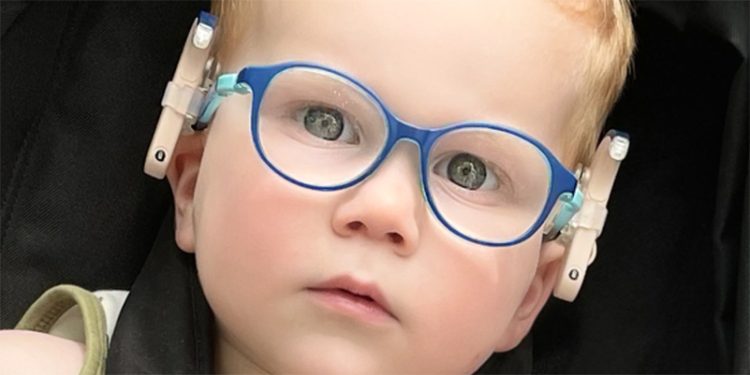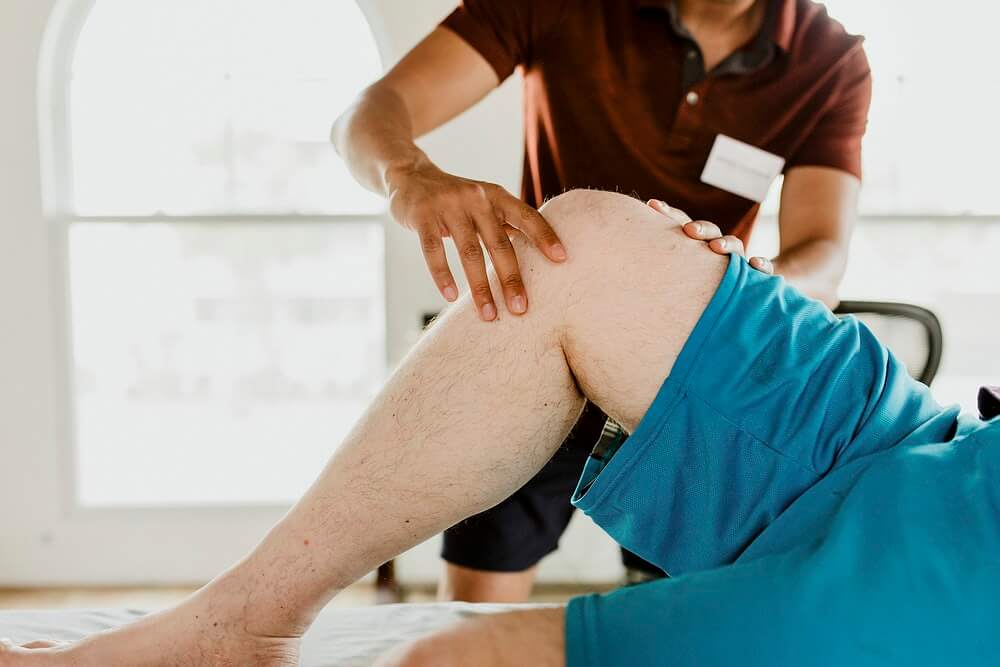
Physical therapy has many benefits for people of all ages, but it is especially important for treating injuries and aiding in post-op recovery for teens and young adults, whose bodies are still developing. Physical therapy can also help with things like posture, strength, flexibility, balance, and coordination as well as help prevent injuries that could happen later in life due to lack of physical activity. This blog post will look at what physical therapy entails for teens and young adults.
What is physical therapy?

Physical therapy is a type of therapy that helps people regain or improve their physical abilities. It can be used to treat injuries, help with post-operative care, improve flexibility and strength, and more. Each patient has their own custom-tailored treatment plan because PT is aimed at helping the patient individually.
Physical therapists use a variety of techniques such as exercises, stretches, massage, and heat/cold therapy to help patients reach their goals. It is based on a variety of exercises and stretches and may include heat/cold, electrical stimulation, ultrasound, aquatic, and massage therapies as well.
If you are a physical therapy center you must need to have physical therapy billing software to help in your practice.
Typically, patients are also given exercises, stretches, and procedures to do at home in order to speed up the process and continue working toward their goals.
What can physical therapy help with?
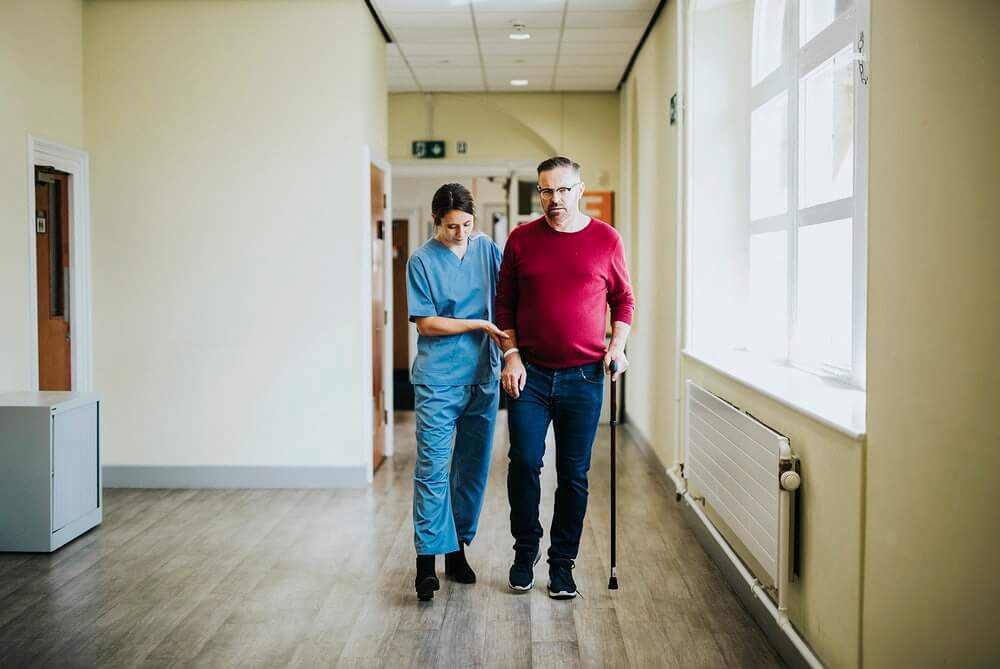
Physical therapy can help people of all ages with a variety of issues, including:
Injuries: Physical therapy can help improve the muscle strength and flexibility of patients who have suffered from things like fractures, sprains/strains, overuse injuries (runner’s knee), tendonitis, etc.
- Postoperative care: Physical therapy can aid in recovery after surgery or other treatments such as chemotherapy so that patients do not experience any issues due to lack of movement.
- Chronic pain: Physical therapy can help those suffering from chronic pain to improve their movement, flexibility, and strength as well as manage their symptoms.
- Athletic performance: Physical therapy can help athletes of all levels stay in top condition by improving things like balance, coordination, and strength. It may also help prevent injuries.
- Osteoarthritis: Physical therapy can help improve movement and reduce pain in those suffering from osteoarthritis.
- Neurological conditions: Physical therapy can help people with conditions like cerebral palsy, multiple sclerosis, and more to improve their movement and function.
What to look for in a physical therapist
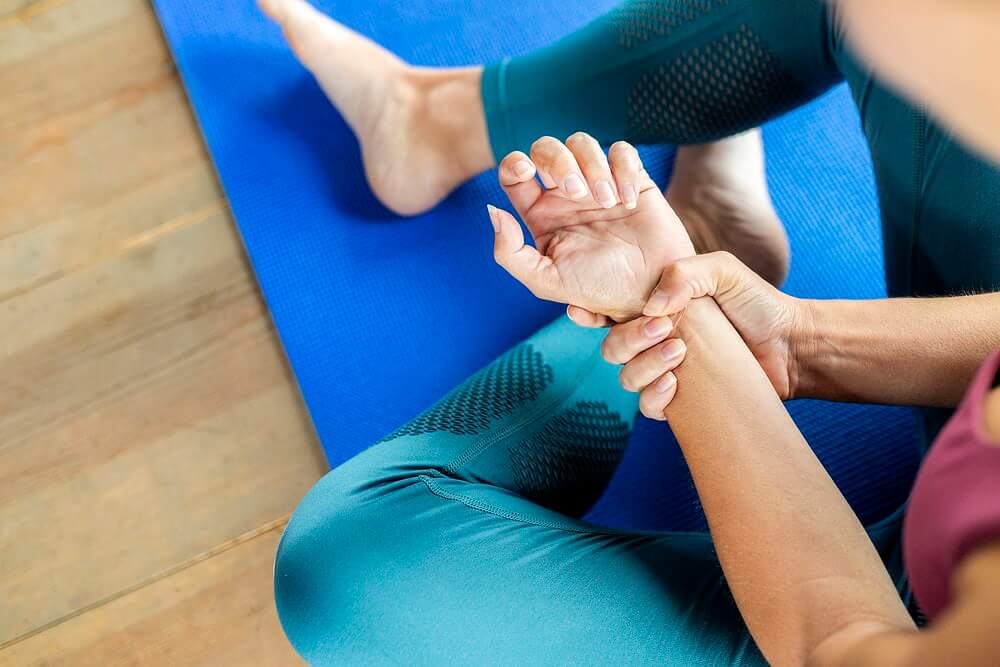
Like doctors, PTs specialize in different areas, so it is important to find one who specializes in the area you need help with. Some may specialize in sports medicine and athletic therapy, for example. You can ask your doctor for a referral or do some research online to find a PT in your area.
When looking for a PT, be sure to ask about their experience and training in treating patients of your age group. Many PTs have additional certifications or training in treating certain conditions.
Be sure to also ask about the therapist’s treatment philosophy and what techniques they plan to use. Some people prefer a more hands-on approach while others may prefer exercises and stretches.
What to expect from physical therapy
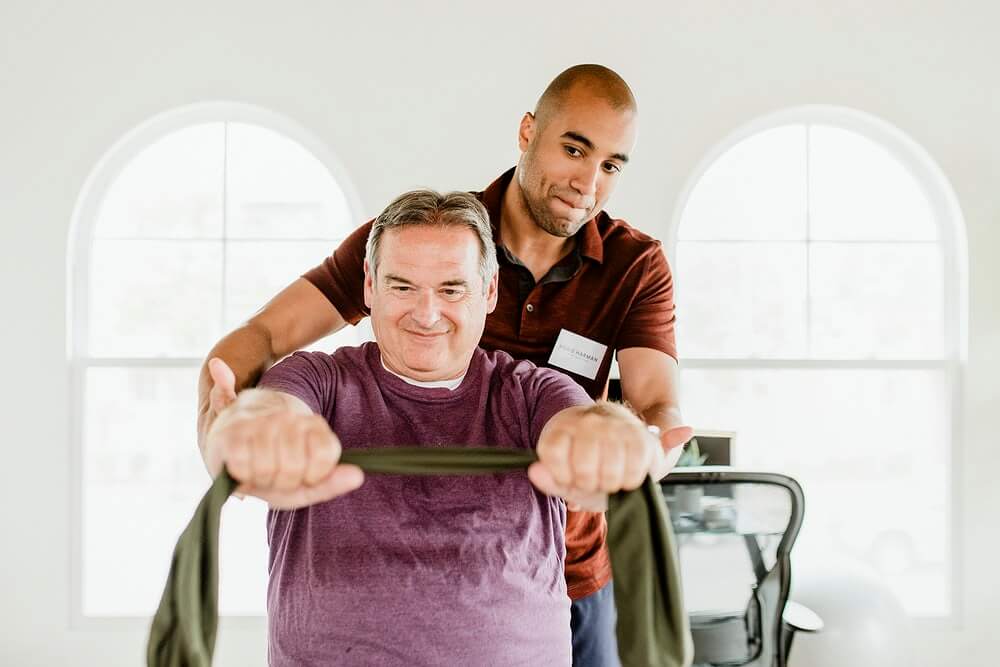
Most states require a doctor’s referral to see a physical therapist. If you are under 18, on your first visit, make sure to bring a parent or guardian with you. This way, you’ll have someone to take notes and later, help you with your exercises at home.
When you first arrive for your appointment, the therapist will likely ask about your medical history and perform a physical examination. They will then create a treatment plan tailored to your specific needs. They may start you off slowly with some basic exercises and stretches and gradually add more challenging ones as you progress.
It’s important to remember that physical therapy can be a long process, so it is important to keep an open mind and have patience. It will likely take several weeks or months before you start seeing significant results from your PT sessions. You may also need to do some exercises at home as well as make lifestyle changes such as staying hydrated, wearing supportive footwear, etc., in order to get the most out of your PT sessions. Physical therapy can be very beneficial to teens and young adults suffering from chronic pain, injuries, and post-op recovery and is often an important part of recovery after treatment, so it’s best if you start thinking about your options as early as possible. If you’re searching for physical therapy near me, be sure to check out an online directory for a list of qualified therapists in your area.


